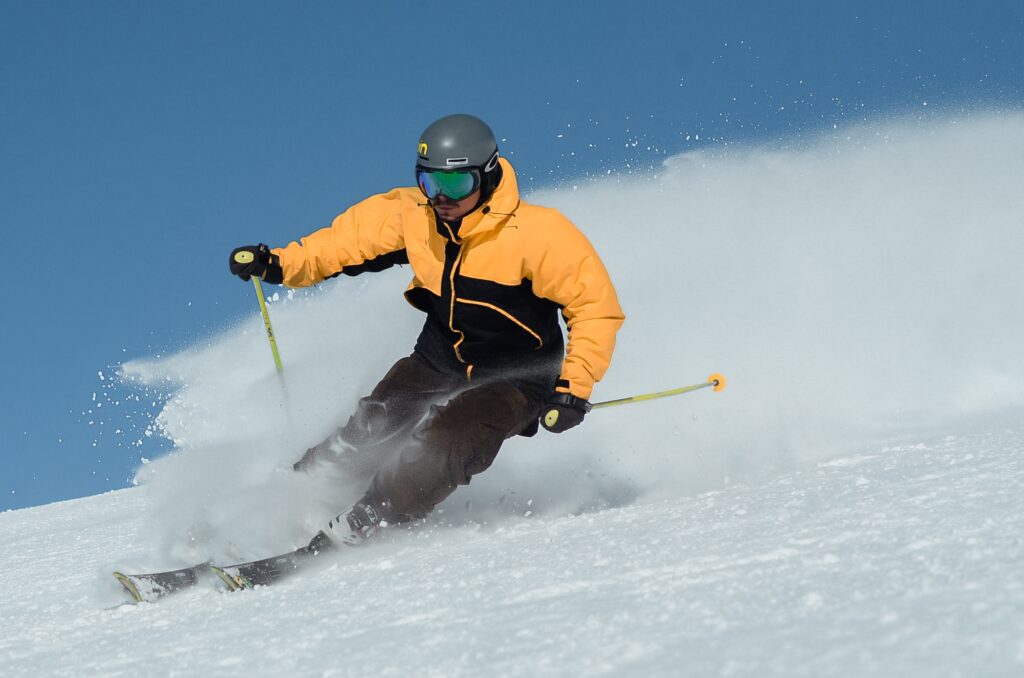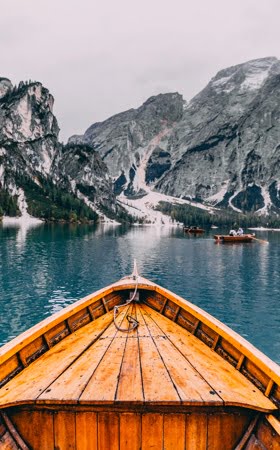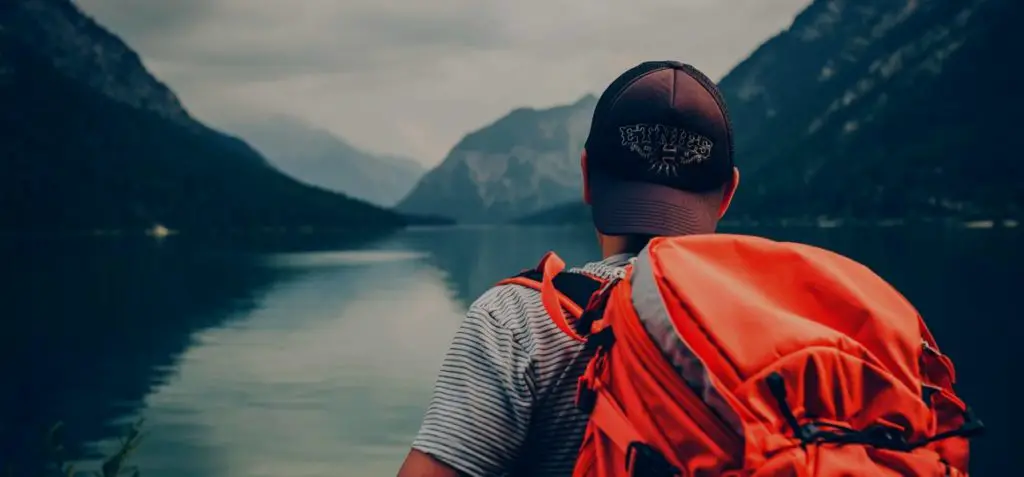Ski mountaineering is a sport that combines skiing and mountaineering skills, allowing adventurers to explore and climb mountains in winter conditions. This exciting and challenging activity involves skiing uphill, traversing across steep slopes, and skiing down challenging terrain, often in remote and isolated locations.
History of Ski Mountaineering
Ski mountaineering has a long history, dating back to the early 20th century when Norwegian skiers began exploring the mountains of their home country. In the years since, the sport has grown in popularity, with organized races, expeditions, and competitions taking place around the world.
Skills required for Ski Mountaineering
The sport requires a unique set of skills, including fitness, strength, and technical ability. Skiers must be able to climb uphill with skins on their skis, which provide traction on the snow, before removing the skins and skiing back down steep and challenging terrain.
Training & Education
Training and education are also crucial components of skiing. Skiers must have a strong foundation in skiing and mountaineering skills, as well as knowledge of snow safety and avalanche awareness. Formal courses and training programs are available through organizations such as the American Mountain Guides Association and the American Institute for Avalanche Research and Education.
In addition to these organizations, there are a number of skiing clubs and groups around the world, providing opportunities for skiers to connect with like-minded individuals and participate in organized races and events.

Ski Mountaineering Locations
Ski mountaineering can be done in a variety of locations, from backcountry wilderness areas to ski resorts with dedicated ski mountaineering trails. However, it is important to note that the sport carries some inherent risks, including avalanches, crevasses, and other hazards associated with mountain environments. As such, it is important for skiers to be properly trained and equipped, with knowledge of safety protocols and avalanche forecasting.
Ski mountaineering is not only a recreational activity, but it also has practical applications for search and rescue operations, military operations, and scientific research. It allows individuals to access remote and challenging locations in winter conditions that would otherwise be inaccessible, providing new opportunities for exploration and discovery.
Equipment required for Ski Mountaineering
In terms of equipment, ski mountaineering requires specialized gear that is designed to withstand the unique demands of the sport. This includes lightweight skis with climbing skins, helmet, ski boots with a range of motion for uphill travel, and adjustable ski poles.
Other essential equipment includes avalanche safety gear, such as a beacon, shovel, and probe, as well as warm and waterproof clothing, food, and water.
Risks in Ski Mountaineering
Despite the risks, ski mountaineering is a rewarding and thrilling activity, allowing skiers to explore and appreciate the natural beauty of mountain environments in a unique and challenging way. It is also a great way to stay active during the winter months and to push oneself to new limits.
In recent years, ski mountaineering has gained recognition as an Olympic sport, with the International Olympic Committee officially recognizing the sport in 2020. This is an exciting development for the sport and its participants, with the potential for increased visibility and support in the years ahead.
Overall, ski mountaineering is a thrilling and challenging sport that requires a unique set of skills and equipment. While it carries some inherent risks, it can be an incredibly rewarding way to explore and appreciate the natural beauty of mountain environments. With proper training and equipment, skiers can safely enjoy this exciting activity for years to come.
In conclusion, ski mountaineering is a sport that combines skiing and mountaineering skills to explore and climb mountains in winter conditions. It requires specialized equipment, training, and education, but offers unique opportunities for exploration and discovery in remote and challenging environments. Whether for recreation, practical applications, or competition, ski mountaineering is a rewarding way to experience the beauty and excitement of the winter mountains.








